Serengeti Wildebeest Migration Calving Season
Many people associate the Serengeti Wildebeest Migration with chaotic river crossings. But there's a quieter and a more emotional aspect of this journey -the calving season unfolding from January to March.
Every year, during these 3 months, the southern Serengeti transforms into a giant nursery, with over 500,000 calves born within a matter of a few weeks. This is the Serengeti Wildebeest Migration Calving Season, a period of both fresh life and considerable risk. While the short grass plains provide fresh grazing and room to deliver, predators such as lions and hyenas are never far away.
For travellers booking Tanzania Safari Packages, this season provides a rare glimpse into the circle of life. You’ll get to witness nature’s most powerful story and take an up-close glance at the fight to protect the new life.
What is the Wildebeest Migration Calving Season?
The Wildebeest Calving Season is a beautiful episode of the Great Migration. It takes place from January to March in the southern plains of Serengeti National Park.
In Tanzania, the short rains in November make the region lush and green, which is perfect for grazing. Wildebeests who are already moving in search of water and green pastures arrive in the southern region.
On these verdant savannahs, the wildebeest feast on the fresh grasses. With the abundance of nourishment available, wildebeests and their accompanying zebras and gazelles start giving birth to their young ones.
In just a few weeks, around half a million calves are born, mostly in the Ndutu area, Lake Masek, and parts of the Ngorongoro Conservation Area.
During this period, wildebeest are joined by zebras and gazelles, which nibble the harder grasses to reveal tender shoots ideal for small calves. The flat, open plains make it easier for moms to see danger, but they also allow predators to move in.
Lions, cheetahs, leopards, hyenas, jackals, and even wild dogs inhabit these plains, making now the ideal time for a predator action safari.
Calves learn quickly: most stand within minutes and begin running with the herd in only a few days. But danger is never far away, making this season both emotional and intense.
Quick Facts About The Calving Season In The Serengeti
- Timing: Mid-January to early March
- Location: Southern Serengeti, mainly around Ndutu and Lake Masek
- Calving Numbers: Around 8,000 wildebeest calves are born each day
- Other Animals: Zebras and gazelles also give birth during this time
- Predator Activity: Extremely high—ideal for those interested in wildlife photography
- Scenery: Open short-grass plains, scattered with rocky koppies (great leopard hideouts)
- End of Season: By late March, herds begin to move westward towards the central Serengeti
Want to see how animals live, their wild habits, and the strong bond between mother and calf? Now is the time to book Serengeti Safari Packages with us.
Where Can You See The Wildebeest Calving Season?
The best place to witness the wildebeest calving season is the Ndutu region. It is located in the southern part of Serengeti National Park and extends into the Ngorongoro Conservation Area.
This place is easy to access because it is between Lake Ndutu and Lake Masek from January to March. The short-grass plains here make it easy to see, which is great for tourists and photographers on a Serengeti Calving Safari.
Maswa Game Reserve, Matiti Plains, and Hidden Valley are also great places to see wildlife. They are all part of the larger Southern Serengeti migration route.
During the calving season, most Tanzania Safari Packages are based in mobile camps or hotels around Ndutu, which gives you a great view of the action.
In summary, Ndutu Plains has always been the best place to go on vacation to see wildebeest give birth because it has rich soil, wide open spaces, and a lot of wildlife during this time.

Travel Light, Travel Right!
January – December 2026
African Scenic Safaris
Adventure
Travel Style
Wildlife Safari, Cultural Encounters, Luxury Lodges / Tented Camps
Tour Starts
Arusha , Tanzania
Tour Ends
Arusha, Tanzania
Price On Request
Incl Transportations & Accommodations

Travel Light, Travel Right!
January – December 2026
African Scenic Safaris
Adventure
Travel Style
Romantic Safari, Scenic Bush & Beach Retreats, Luxury Lodges / Tented Suites
Tour Starts
Arusha , Tanzania
Tour Ends
Arusha, Tanzania
Price On Request
Incl Transportations & Accommodations

Travel Light, Travel Right!
January – December 2026
African Scenic Safaris
Adventure
Travel Style
Classic Wildlife Safari, Cultural Encounters & Comfortable Lodges
Tour Starts
Arusha , Tanzania
Tour Ends
Arusha , Tanzania
Price On Request
Incl Transportations & Accommodations
01
/ 03
What Can You Expect From The Wildebeest Calving Season?
There is a lot more to look forward to on a Serengeti Calving Safari than just cute animals and plains. Nature is at its most raw and unpredictable best during the Calving Season in the Serengeti.
Within a few weeks, the landscape changes into a live drama every day, with survival and instinct taking centre stage. Watching wildlife isn't enough; you'll also be a part of a rare and deeply moving scene in the animal world. Here’s what you’ll likely witness:
Giving birth in large groups in the wild
A lot of wildebeest babies are born very quickly, sometimes in just two or three weeks.
Smart ways for predators to act
There are lions, leopards, cheetahs and hyenas that follow the groups closely, waiting for a weak calf to fall behind.
Predator-prey contact is high.
Now is one of the best times for a predator safari action because you can often see exciting chases and real-time action.
Calves that grow quickly
It's amazing to see how quickly wildebeest babies can stand up and run. They're up and running in a few minutes.
Photo opportunities everywhere
This is a wildlife photographer's dream season, with golden light falling on grazing groups and dangerous predator hunts.
When March comes around, the herds start their slow journey north. The heat is rising, and the grass is getting shorter. It's time for the next part of the Serengeti Wildebeest Migration.
Wildebeest Calving Season
When Should I Book For The Calving Season?
The trick is to book early. During the calving season for wildebeests, Accommodations in Tanzania fill up quickly, especially in February when demand is at its peak.
If you know when you want to go on a Serengeti Safari, you should book it at least 9 to 12 months in advance.
If you can change your plans, you can still obtain great prices if you book 6 to 8 months in advance. Some camps are small and don't have a lot of room, so people who book at the last minute often miss out on the chance.
In just a few weeks, over 500,000 wildebeest calves are born in the Serengeti during the calving season, up to 9,000 a day, creating Earth’s greatest baby boom and the fiercest predator-prey drama in Africa.
Where To Stay And For How Long?
Stay in the Ndutu area during the calving season to see most of the action. Tanzania Safari Camps here are close to the activity, so early game drives begin just where the herds are.
The majority of campgrounds are walk-in tents with individual facilities, making them both comfortable and close to nature.
You can plan to spend at least three nights in Ndutu to see calving and predator activity. Thereafter, you can add two nights in Central Serengeti or Ngorongoro to observe resident wildlife, including the Big Five.
This combination provides a whole Serengeti calving safari experience during the peak migration season, which typically runs from January to March.
What Activities Will I Do On Safari?
When wildebeest have babies, game drives in the Ndutu area will be your main activity.
Every day has two runs, one in the early morning and one in the late afternoon. We operate open 4x4 Tanzania Safari Vehicles that are driven by experienced guides to help you with your safari experience.
Guides are allowed to drive off-road at Ndutu because it is not in Serengeti National Park. This means that you have a better chance of seeing animals and newborn babies up close.
The drives follow the cycle of the herds, providing thrilling vistas of migration, birth, and predator confrontations.
|
Other Things to Do in Tanzania During Your Calving Season
|
|
Walking safaris
|
Follow a ranger on foot to track animals and learn about the bush ecosystem.
|
|
Cultural Visits
|
Visit a nearby Maasai village and learn about daily life and traditional customs.
|
|
Balloon Safari (Add-on)
|
Book a sunrise balloon flight over Central Serengeti with an early transfer from Ndutu.
|
These additional activities enrich and complete your Serengeti Wildebeest Migration Calving Season Safari. If you're looking for Things To Do In Tanzania during this season, this combination of wildlife viewing, outdoor walks, and cultural experiences is great.
Activities Will I Do On Safari
Why Travel With African Scenic Safaris During Calving Season?
When the calves are born and the plains come alive, it’s not just about being there—it’s about how you experience it. At African Scenic Safaris, we make sure your journey feels personal, safe, and close to the wild. While the herds move and life begins, we quietly guide you through it all, step by step.
- You’ll have your private vehicle and guide.
- We follow the herds—no fixed routes, just real-time movement.
- Camps are placed right near the action, so you're always close.
- Early morning drives start with sunrise and the sounds of the wild.
- Our guides know the land, and they’ll share its stories with you.
Take a look at our sample itineraries, travel tips, or just send us your ideas. We’ll craft a calving season journey that fits you perfectly.
Watch Tiny Feet And Big Drama Unfold In The Calving Season!
The calving season, which lasts from January to March, is the most exciting time for the Serengeti wildebeest migration, but it's not the only one.
When the grasslands turn green, people who go on Serengeti Safaris can expect to see zebra foals, gazelle fawns, and even baby giraffes wobbling through the grass.
If you look closely, you can spot baby warthogs, baby elephants learning how to use their trunks, baby baboons clinging to their moms, and baby lions, leopards, and cheetahs hidden in the bushes.
Overall, the Serengeti Wildebeest Migration Calving season is filled with new life and considerable action.
If you're planning a Tanzania safari Tour, calving season is your time. Join African Scenic Safaris in the southern Serengeti for nature's ultimate nursery—wild, raw, and breathtaking.
Nature Begins Her Wildest Chapter
“Each sunrise in calving season brings new life and untold stories. Around this time, instinct leads, survival plays out, and nature’s raw beauty takes centre stage.”
Travel to Tanzania with Confidence & Excitement!
Now that you’ve got access to all the necessary information, your Serengeti Wildebeest Migration Calving Season is bound to be smooth and stress-free. From staying safe to understanding local customs, these insights will help you enjoy every moment on Tanzania Safari Tours .
As you take in the beauty of the landscapes and connect with Tanzania’s culture, you’ll feel more confident and ready for anything.
Explore Tanzania Travel Guide
Safari tips, local bites, wild sights, and hidden gems—Tanzania’s secrets are just a scroll away. Ready to explore?
Frequently Asked Questions
The wildebeest calving season is a popular period for safaris, so make your plans early. The finest months are January, February, and early March, with February being the most popular time to watch newborn calves.
If you want certain dates, book at least 9-12 months ahead. For more flexible dates, scheduling 6-8 months in advance still provides plenty of possibilities.
Camps fill quickly during this season, particularly in Ndutu, so early planning is essential for successful Tanzania Safari Planning.
During the Ndutu calving season, the finest places to stay are in the southern Serengeti, particularly near Ndutu and Lake Masek. This is where most of the calving occurs.
Camps are frequently semi-permanent and located close to the herds. We recommend staying three nights in Ndutu for the Serengeti calving safari, followed by two nights in another location, such as the Central Serengeti or the Ngorongoro Crater, to add diversity and view more animals.
Every day, you'll go on two game drives: one early in the morning and another late in the afternoon. These are conducted in open safari vehicles with qualified guides. Because you are staying outside of Serengeti National Park, your guide can venture off-road to get closer to the wildlife.
Not at all! While wildebeests are the main attraction, there are plenty of other baby animals around.
You can view zebra foals, gazelle fawns, and even newborn giraffes, warthogs, elephants, and baboons.
With so many young animals present, predators like as lions, cheetahs, and leopards have babies nearby.
It's an excellent time for photography and viewing Tanzania’s wildlife at its most active and stunning. This is why the Serengeti Wildebeest Migration Calving Season is sometimes referred to as a predator action safari.
If you want to learn more about the southern Serengeti migration, consider visiting Tarangire National Park. It's less crowded from January to March, with a variety of scenery and animals.
While there may be a light rain, the scenery is lush and attractive. Tarangire adds variety to your Tanzania safari tour while also providing a tranquil alternative to the busy migration zones.
Simbo Natai, founder of African Scenic Safaris, crafts sustainable, meaningful Tanzanian journeys rooted in his deep local knowledge and passion.
Director





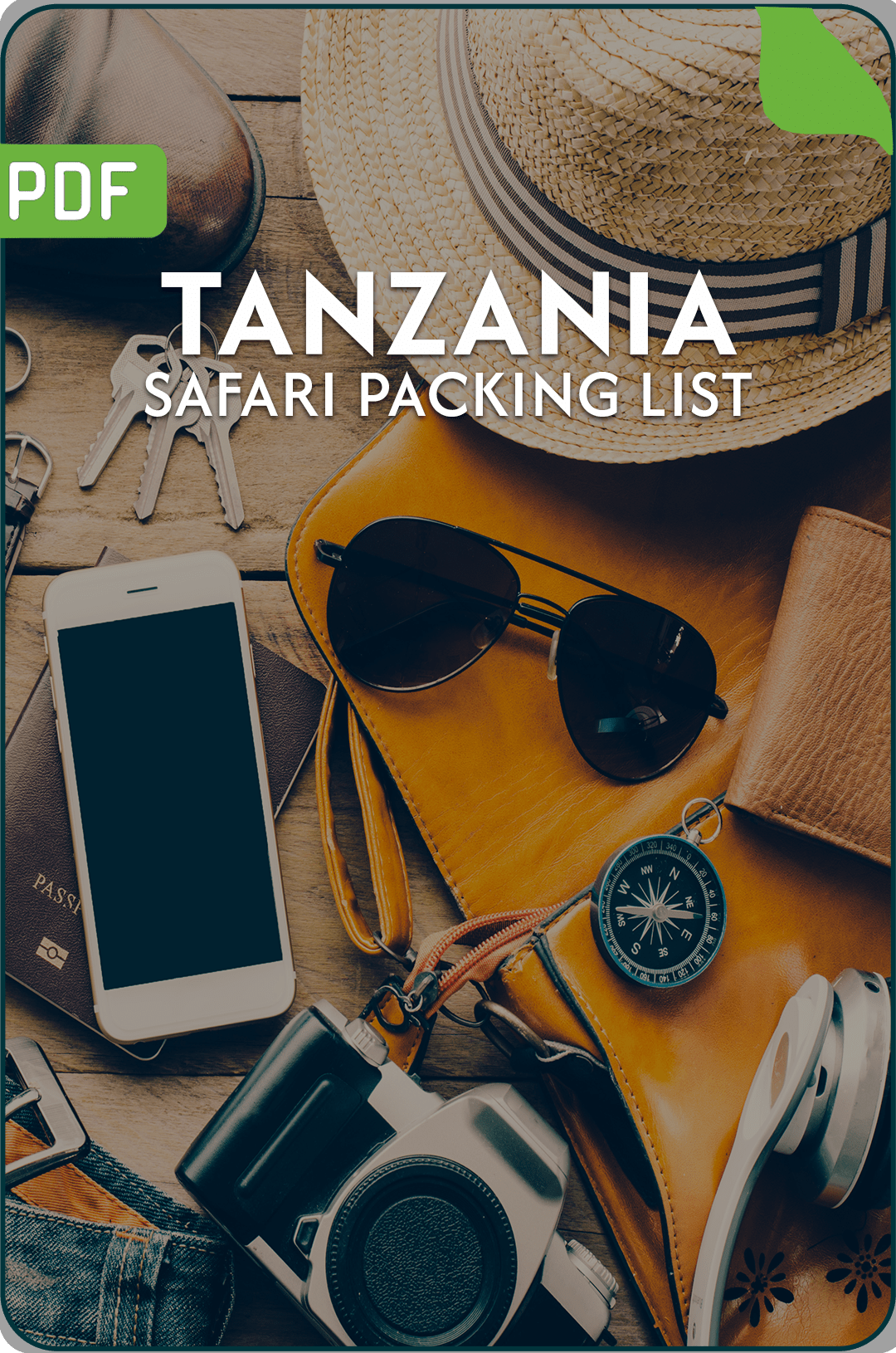
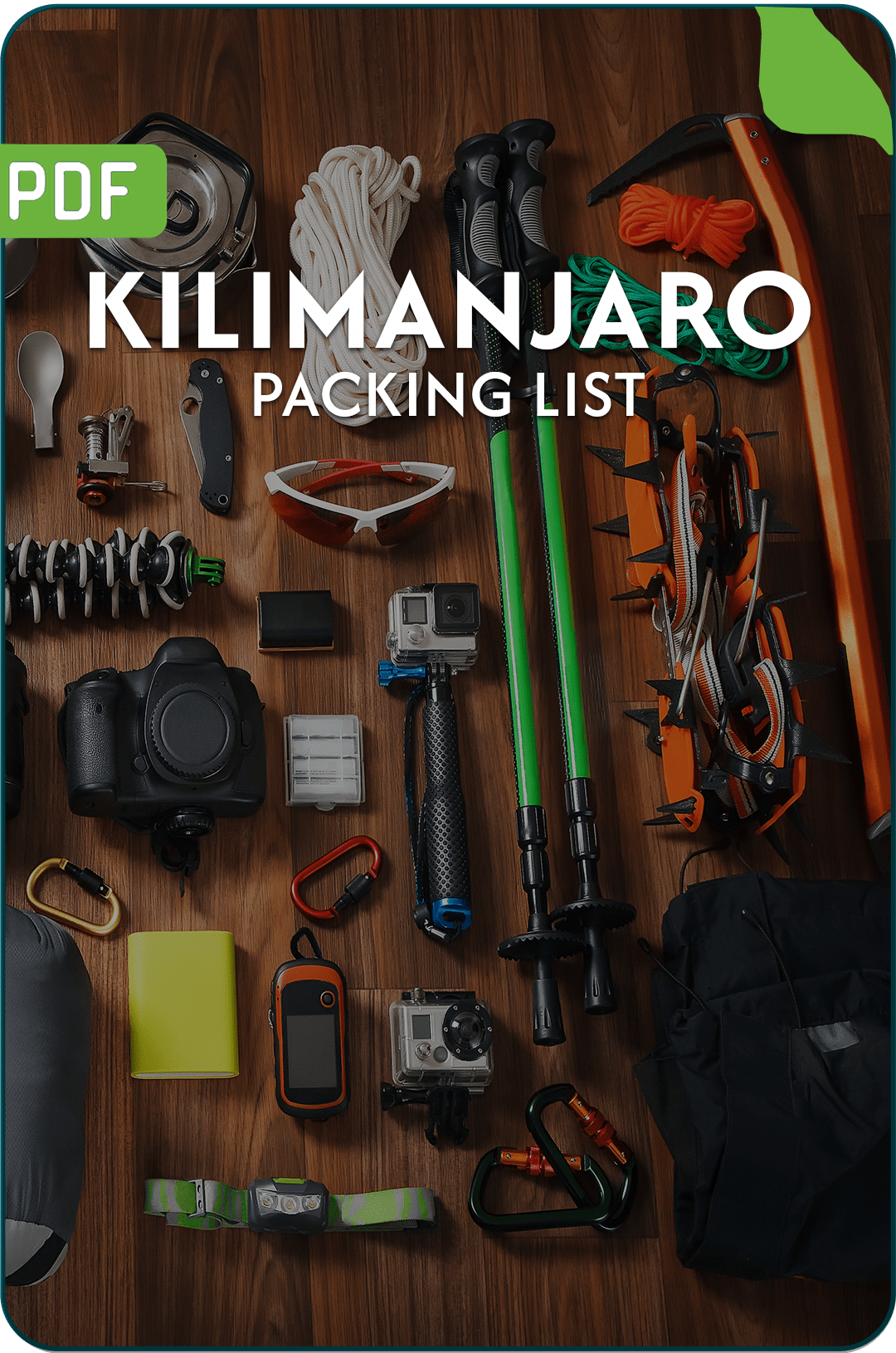
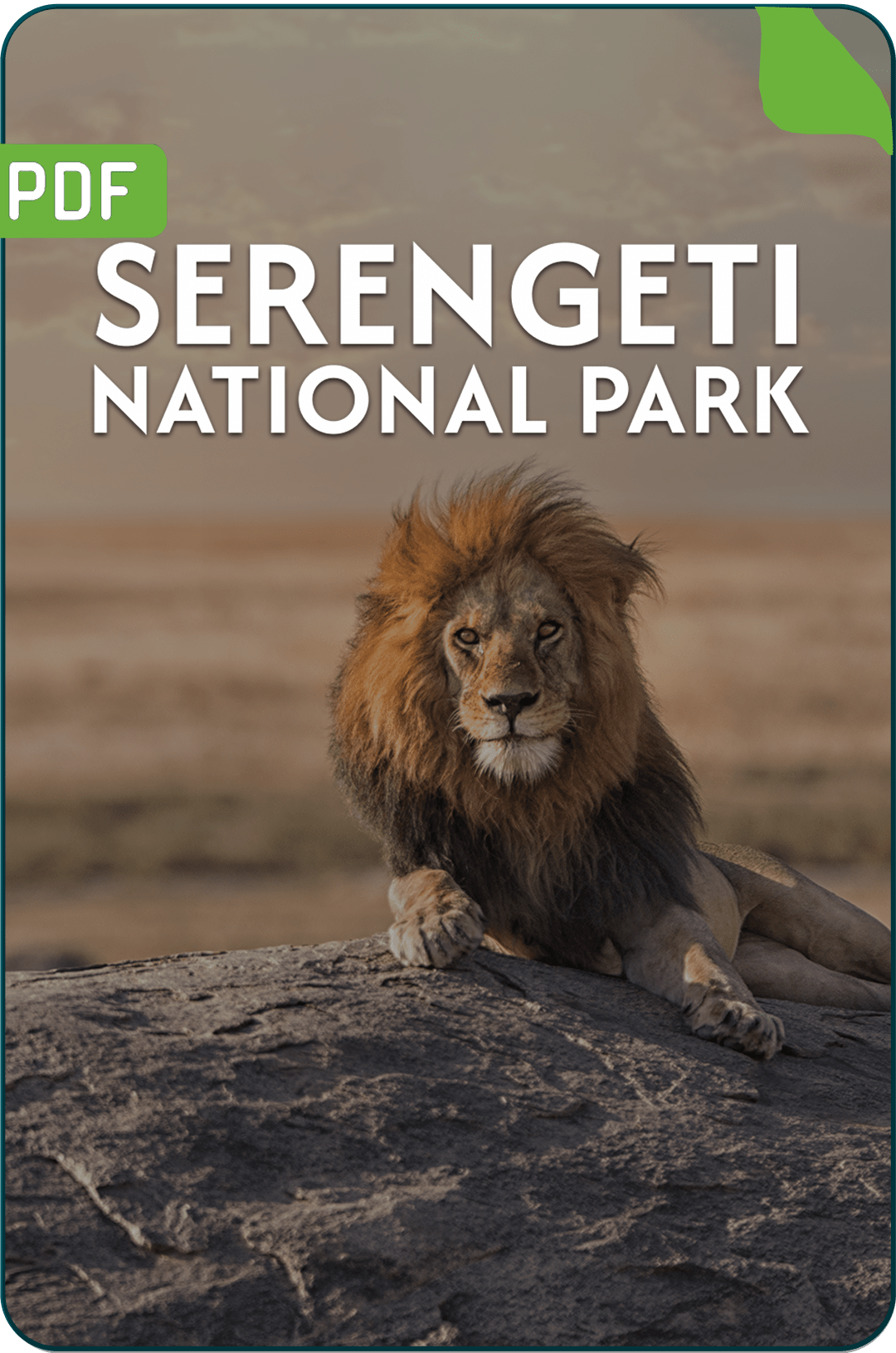
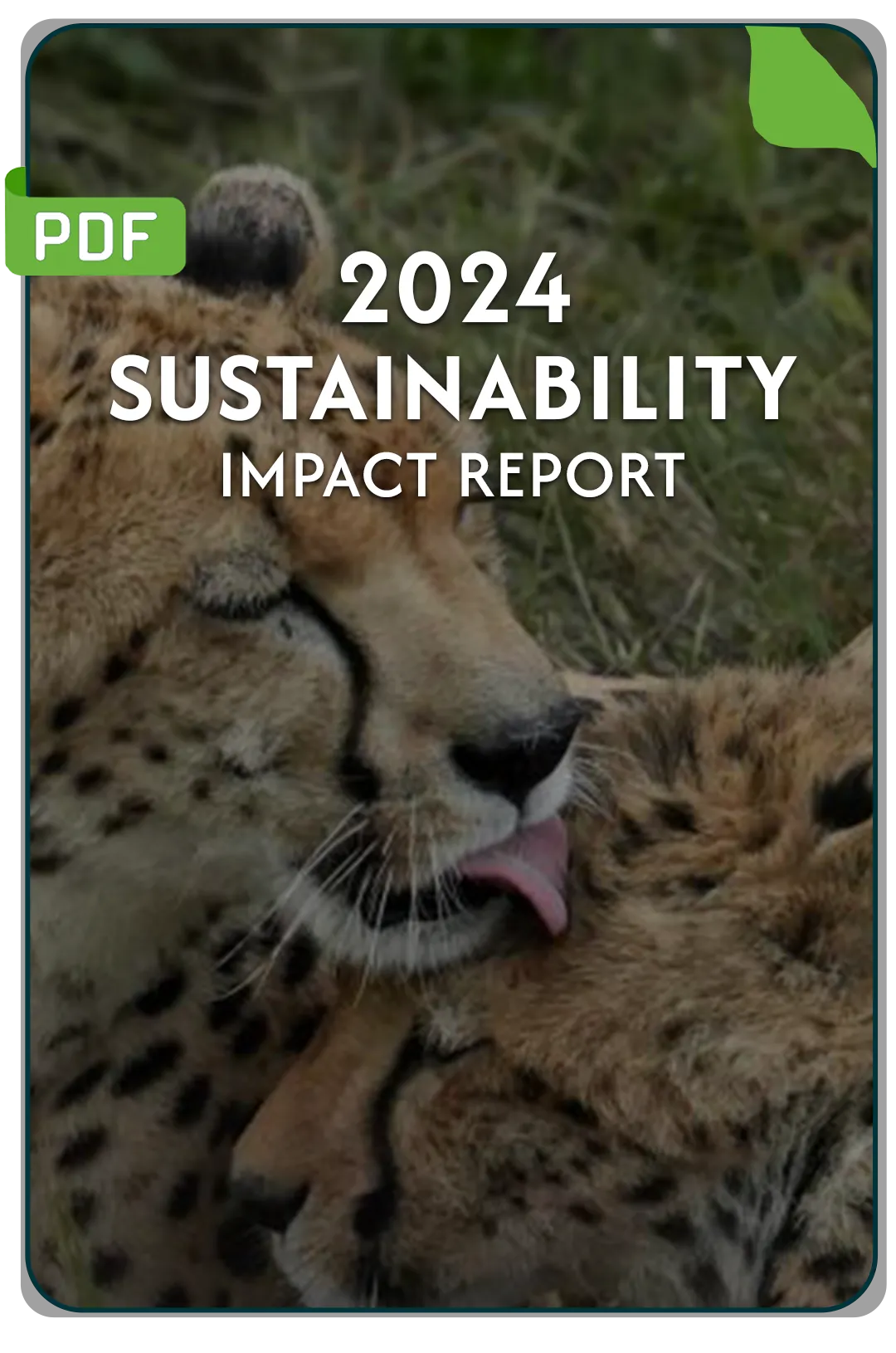
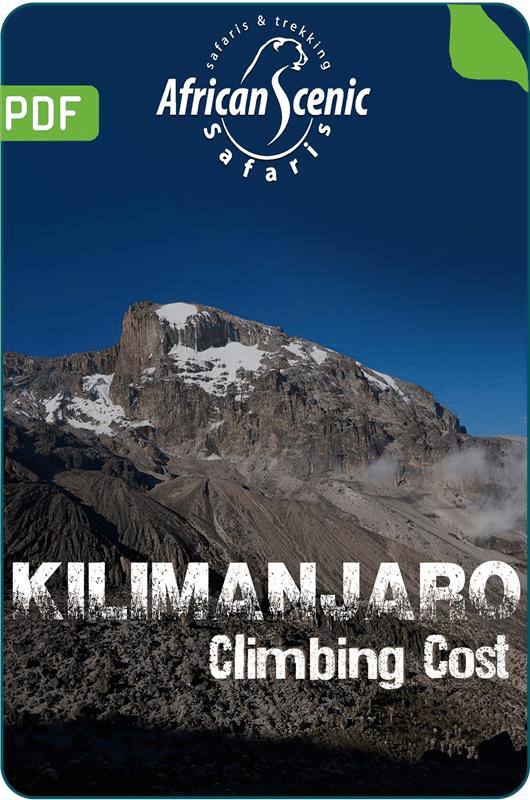





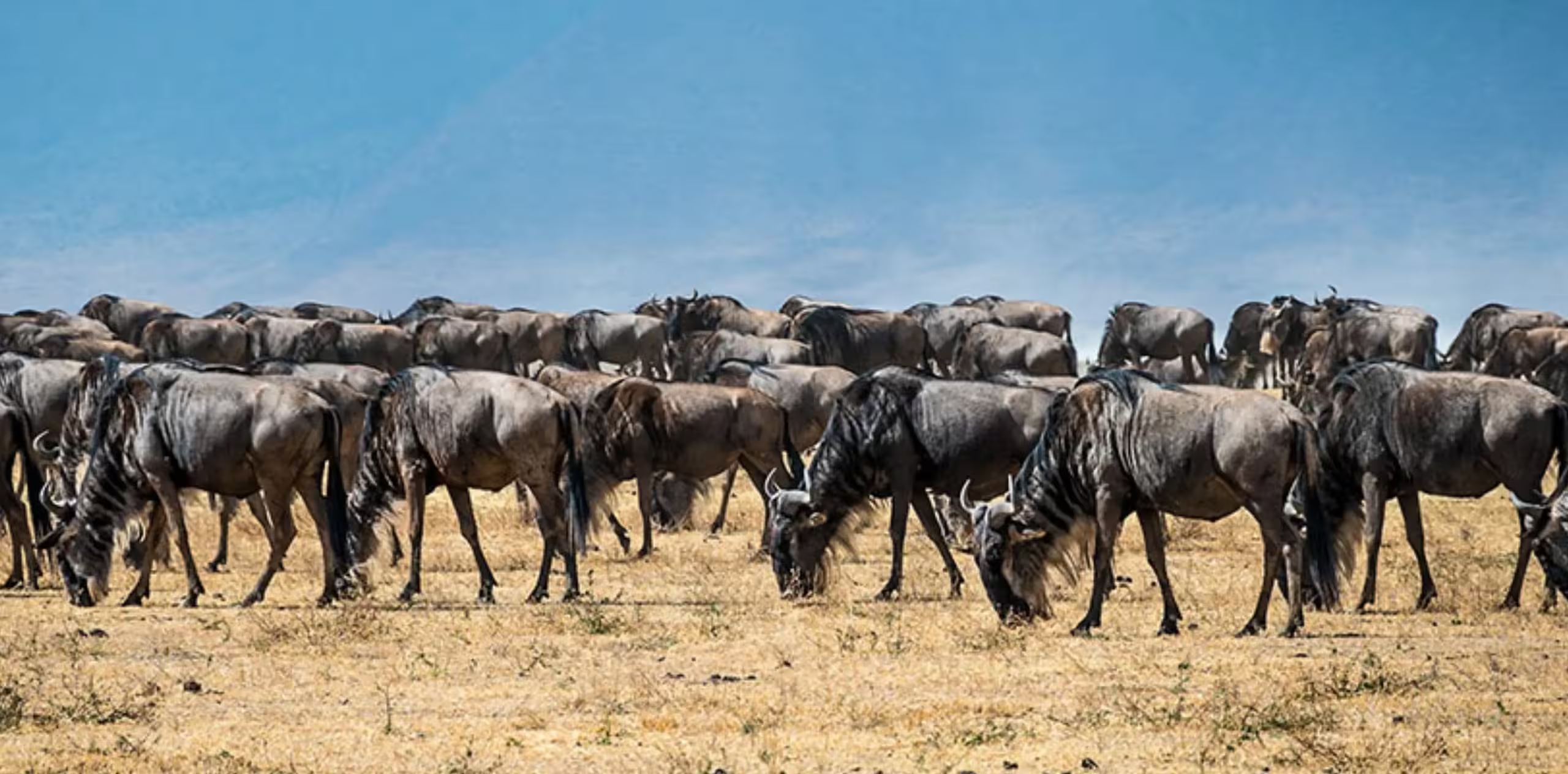
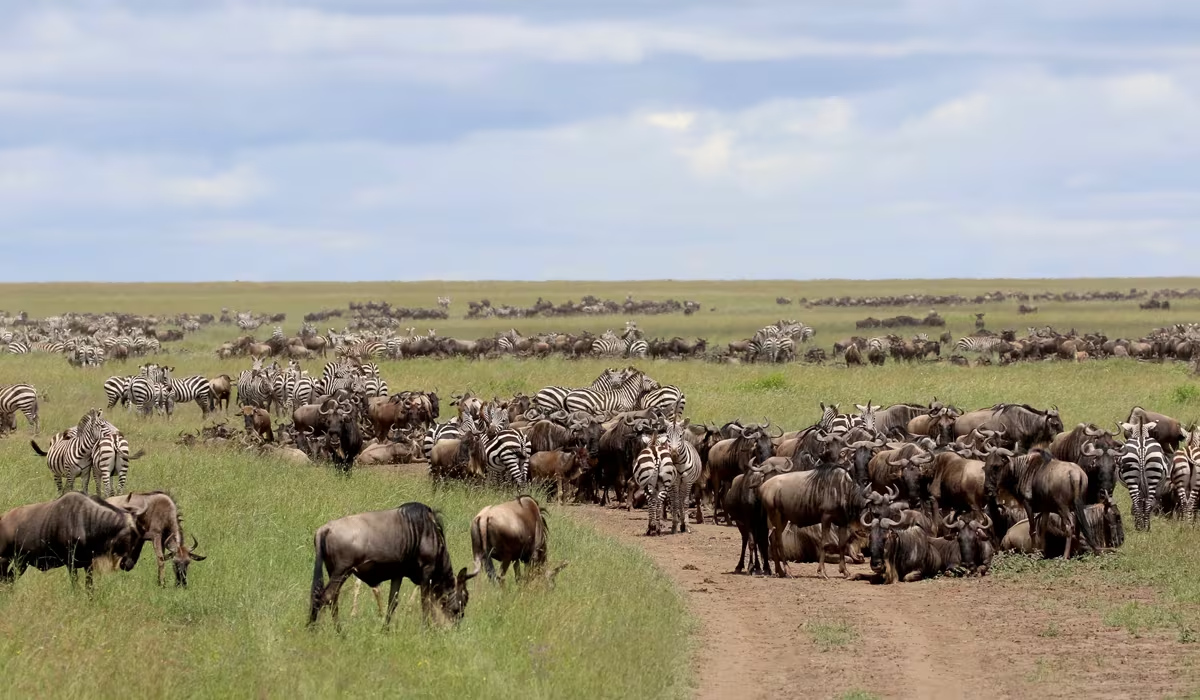
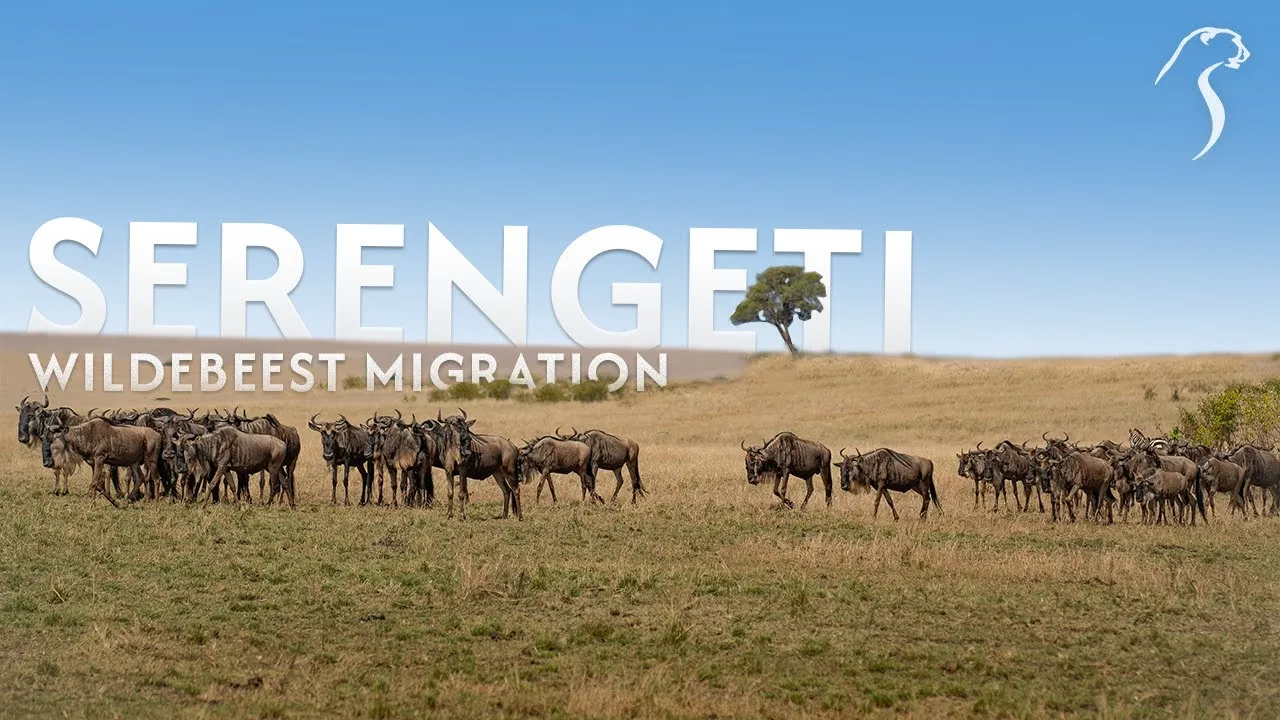
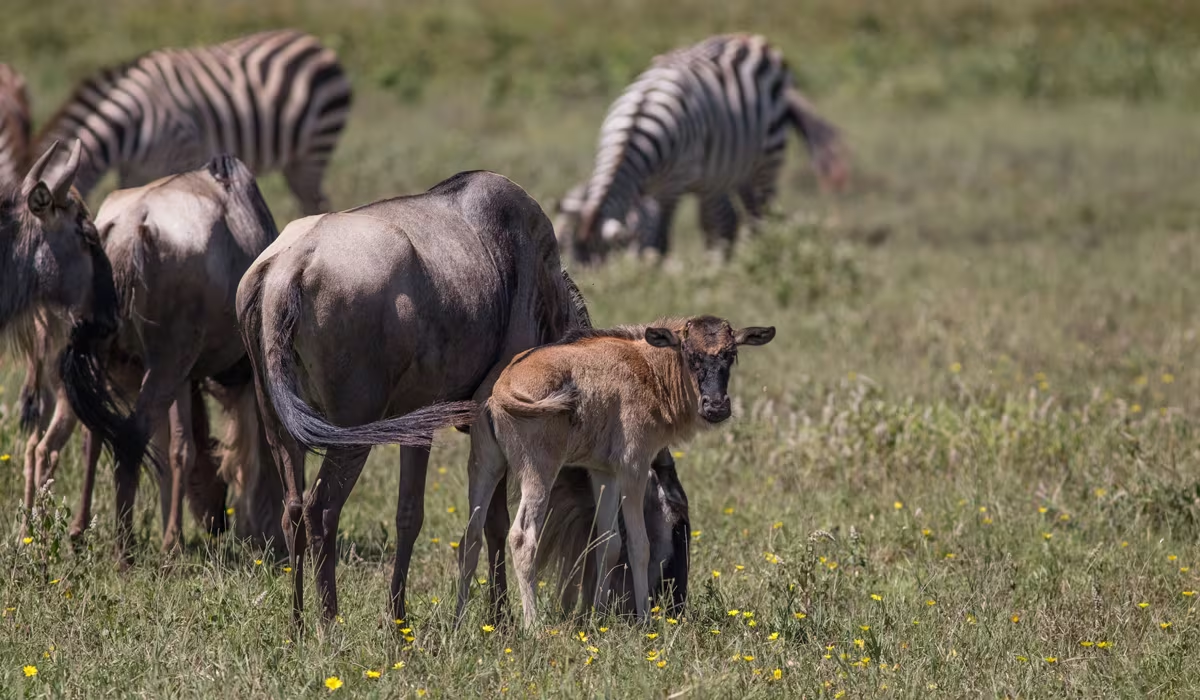
 Travel Light, Travel Right!
Travel Light, Travel Right!
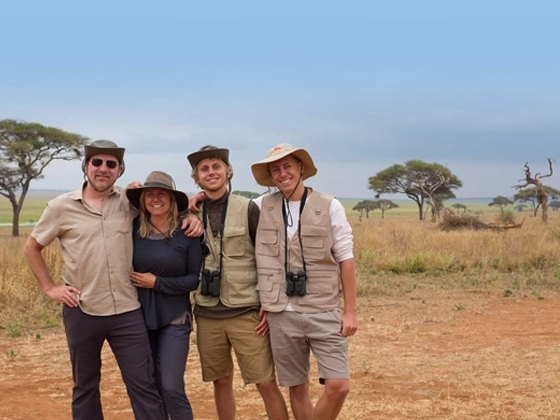


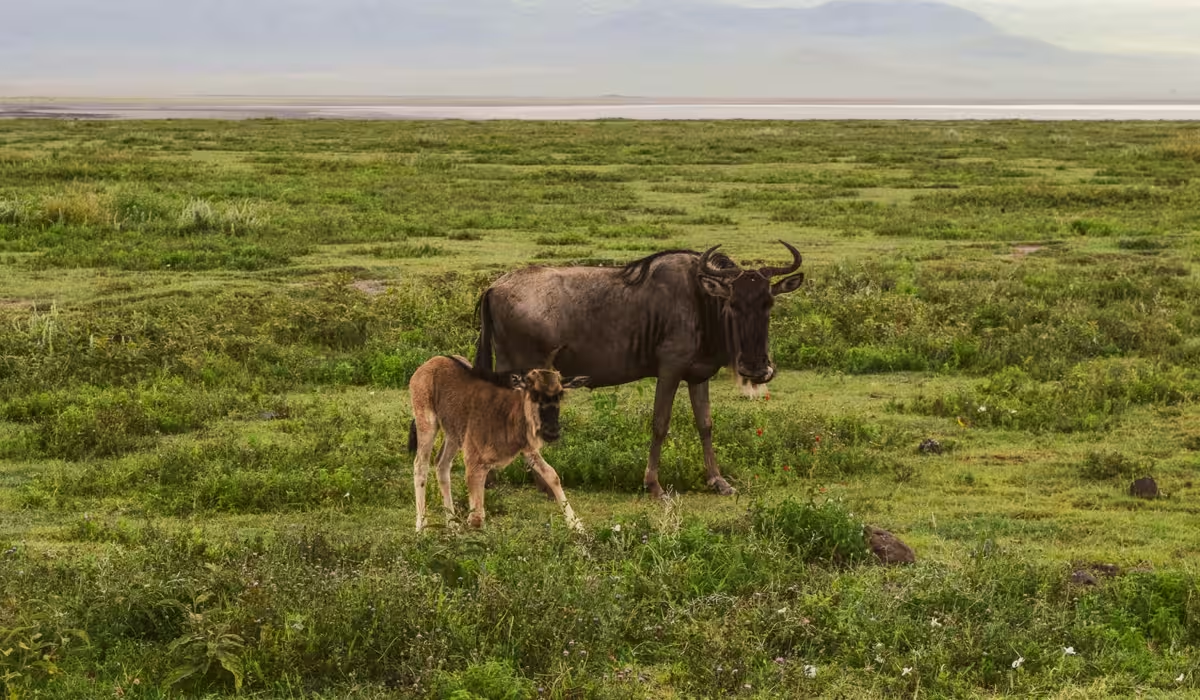

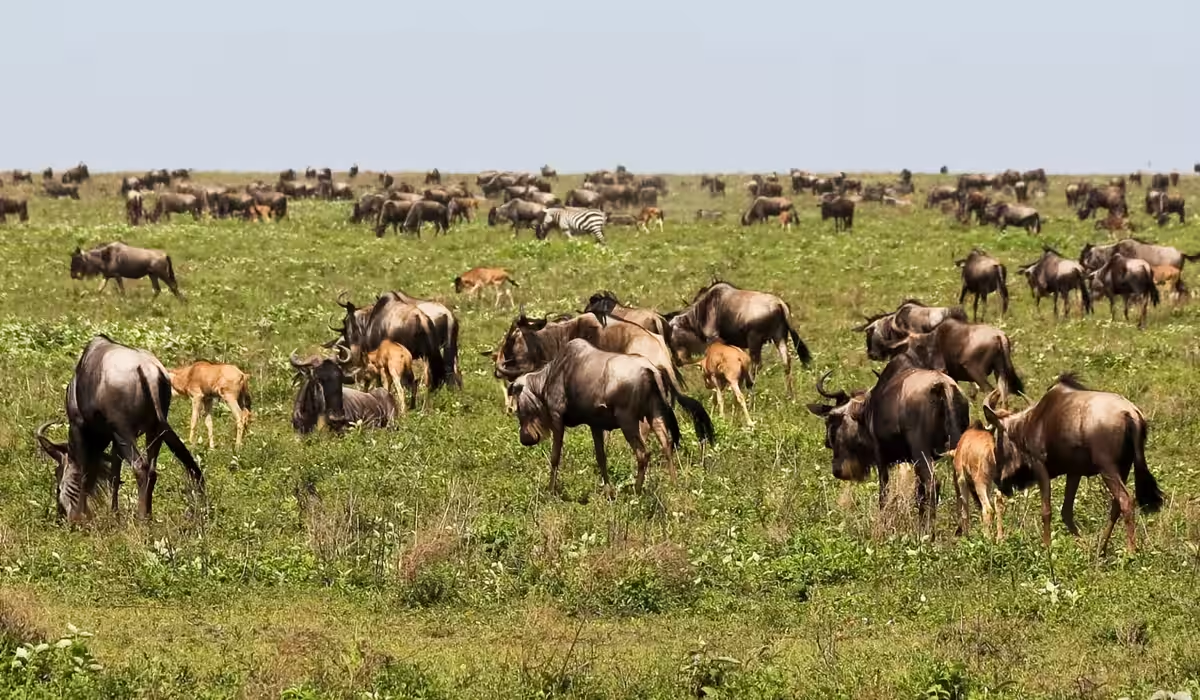
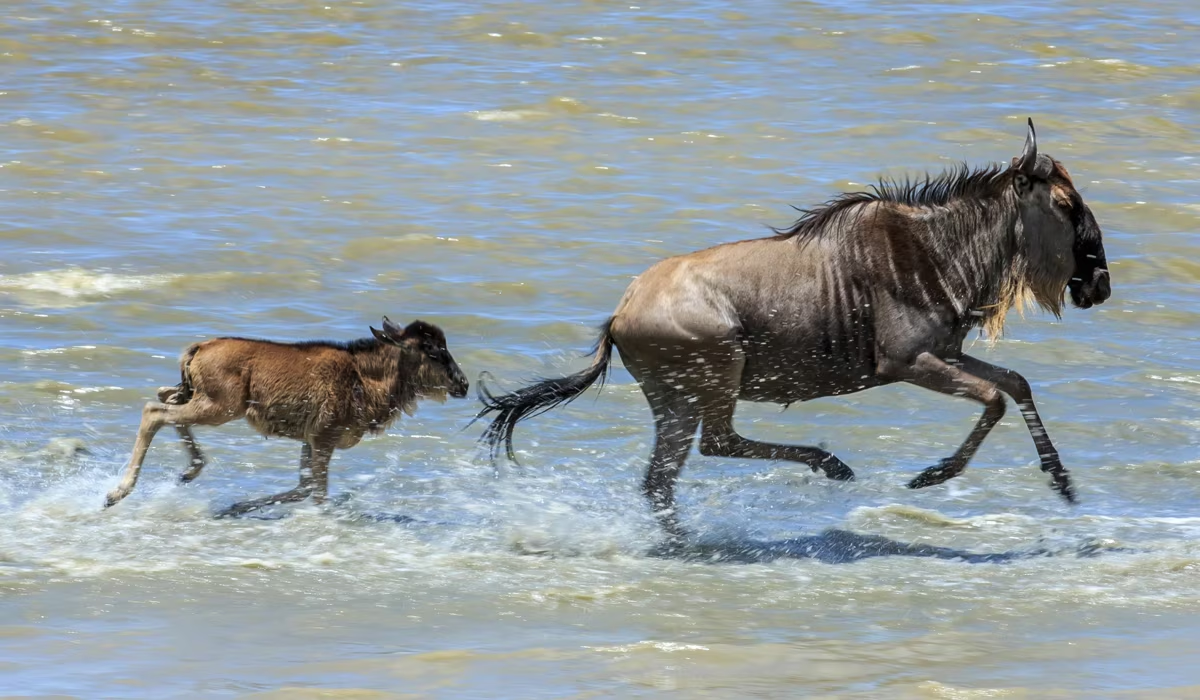
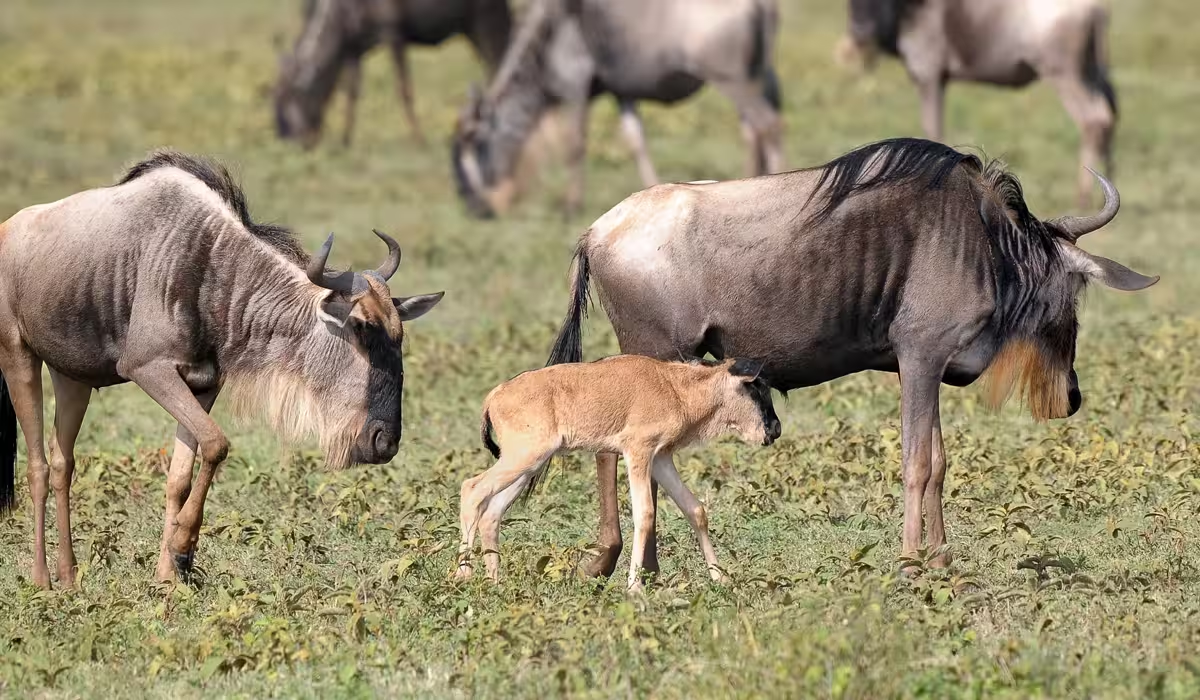



 African Scenic Safaris #1 on TripAdvisor
African Scenic Safaris #1 on TripAdvisor 




